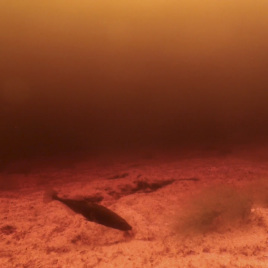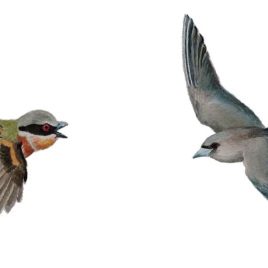Three-spined stickleback fish have inhabited freshwater lakes in the Haida Gwaii archipelago off the coast of British Columbia for thousands of years. A new study that combines genetic analysis with a 19-year-long selection experiment tells the story of how the sticklebacks evolved to adapt their vision to each of their unique lakewater conditions. Some of […]
Tag: evolution
Climate shaped the evolution of the human nose
It looks like temperature and humidity of a region may have stuck their noses in the evolution of the human smelling organ. Researchers examined the size and shape of noses on people of West African, South Asian, East Asian, and Northern European descent. They say the discovered differences are too great to have occurred on chance […]
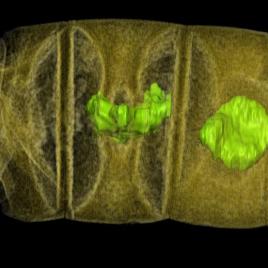
1.6 billion-year-old red algae found in fossils
World’s oldest plant-like fossils, which the scientists believe are ancient red algae, were discovered in sedimentary rocks at Chitrakoot in central India. It’s difficult to ascertain that the fossils are, in fact, red algae, since there is no DNA material present, but researchers say the structure of the cells are consistent with this ancient plant […]
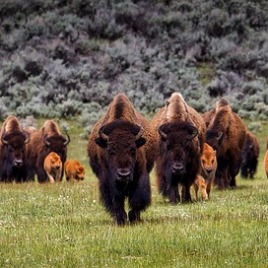
When did bison arrive in North America? 
The bison’s arrival in North America from Asia was an ecologically significant event, but its timeline remained a mystery—until now. The mystery started to unravel when researchers found a bison fossil dating about 130,000 years old in northern Yukon—the oldest known fossil of the large mammal in North America. They compared the genomes of the […]
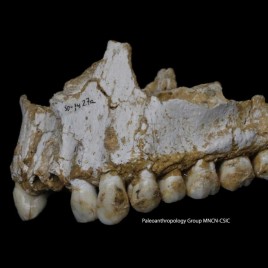
Details of a Neanderthal’s diet revealed through ancient plaque 
Good thing our Neanderthal cousins didn’t have a good brushing regimen, because what’s left of their dental plaque allows us to know more about their diets, habits, and diseases. New research sequenced DNA from the plaque of five Neanderthal specimens. The findings revealed that Neanderthal diets varied greatly from region to region: for example, the individual from […]
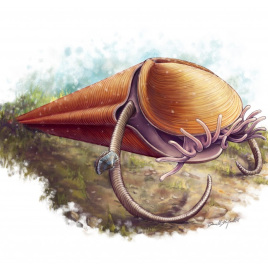
Extinct shelled fossil finds its true niche 
Hyoliths, extinct sea creatures from the Cambrian period known for their cone-shaped shell and unusual appendages, have long been mistaken for a type of mollusc. However, a recent discovery by a U of T undergraduate student revealed that hyoliths belong to a group called lophophorates. The main trait that defines living lophophorates, such as brachiopods […]
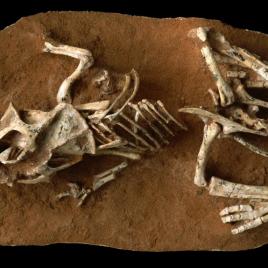
Dinosaur eggs resemble those of reptiles more than birds 
Birds are the closest living relatives of dinosaurs, which is why it was long assumed that dinosaur eggs developed similarly to avian embryos. But new research found that the incubation period for dinosaur embryos was approximately 3 to 6 months, which is closer to the development of reptile eggs. Researchers came to this conclusion after […]
Unique Arctic Inuit adaptations to cold temperatures a gift from ancestors
Previous research has identified potential genes that help the Greenland Inuit generate heat from a specific type of body fat. A new study analyzed a large sample of genetic data to trace origins of these adaptations. The genomic data used in the study was collected from nearly 200 Greenlandic Inuits and compared to the 1000 […]
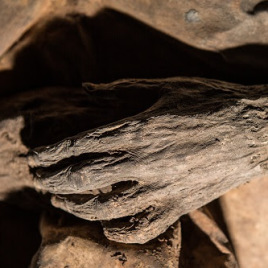
Mummy DNA shows origins of smallpox more recent than initially thought 
Prevalent theories place the origin of the deadly smallpox virus in ancient Egypt, India and China. But a recent analysis of smallpox DNA from a 17th-century mummy tells a different story. Researchers compared the strain with its modern variants, dating up to 1970s, and discovered evidence that the evolution of the modern form of virus […]
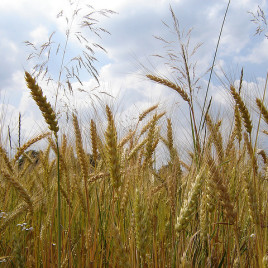
Syrian community the first to domesticate cereals – 11,000 years ago
Oldest evidence for domestication of three types of cereal – barley, spelt and farrow – was recently found at an archaeological site in Syria. Researhers say Neolithic Syrians were the first to gather wild cereals and attempt to domesticate them. They collected wild cereal grains, sowed them in autumn and harvested grain crops in late […]
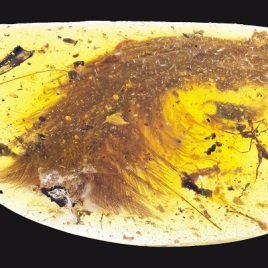
Feathered dinosaur tail discovered in a piece of amber 
Scientific discoveries often come from unexpected places – like a Myanmar amber market, which is where a researcher from Dexu Institute of Palaeontology found an item that offers unique insights into feather evolution in dinosaurs. Browsing through the goods of an amber vendor, researcher Lida Xing found what turned out to be a part of […]
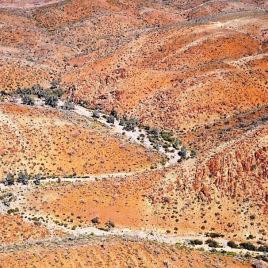
Humans arrived in Australia’s interior earlier than previously thought
Southern Australia’s interior, with its dry hot summers and cool winters, doesn’t sound like the most inviting environment for early humans. Yet a new study found evidence that early settlers arrived in the Flinders Ranges around 49,000 years ago—nearly 10,000 years earlier than it was initially reported. The authors analyzed results of an excavation at […]
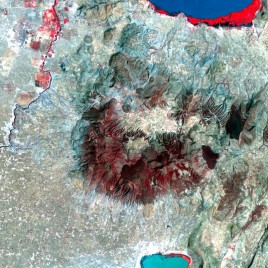
Early human evolution affected by volcanic activity in Ethiopia
A large pulse of volcanic activity in Ethiopia may have effected a major change in early human evolution. Authors of a new study, published in Nature Communications this week, have reconstructed the history of volcanic activity of a 200-kilometre segment along the East African Rift System. Their findings suggest a burst of highly explosive volcanism […]
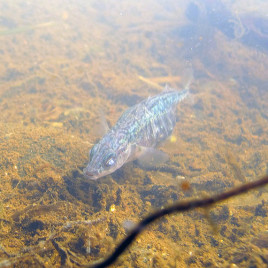
Rapid adaptive evolution of colour vision in threespine stickleback 
Colour vision can evolve to be better adapted to a particular environment in as little as 12,000 years. Authors of a new study out of UBC found that different populations of the threespine stickleback, a small fish that is able to live in fresh- or saltwater, have evolved to see different colours better depending on […]
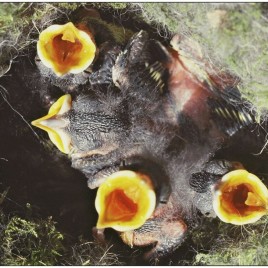
Which chick to feed? How birds choose
Which chick gets fed first in a brood seems to depend more on the environment than a chick’s begging or its size. That’s what researchers report after reviewing data on 143 different bird species. When food is plentiful and supplies are stable, birds will usually feed the chicks who beg the most and are […]
